Daoxin: The fourth patriarch and the institutional grounding of Zen
Dayi Daoxin (道信; Japanese: Dai’i Dōshin) occupies a crucial position in the formation of Chinese Chán (Zen) Buddhism. Recognized as the fourth patriarch in the traditional Zen lineage, he marks a transition from the loosely affiliated, wandering teacher-student model of the early patriarchs to a more stable, monastic framework. While retaining the emphasis on direct realization and meditative discipline, Daoxin helped establish Chán as a viable and coherent school within Chinese Buddhism. His long tenure at Mount Shuangfeng, his accessible teachings, and his success in attracting a large monastic following contributed significantly to Chán’s consolidation. Through Daoxin, Zen began to develop not only as a lineage of spiritual insight but also as a living institution, rooted in community and practice.
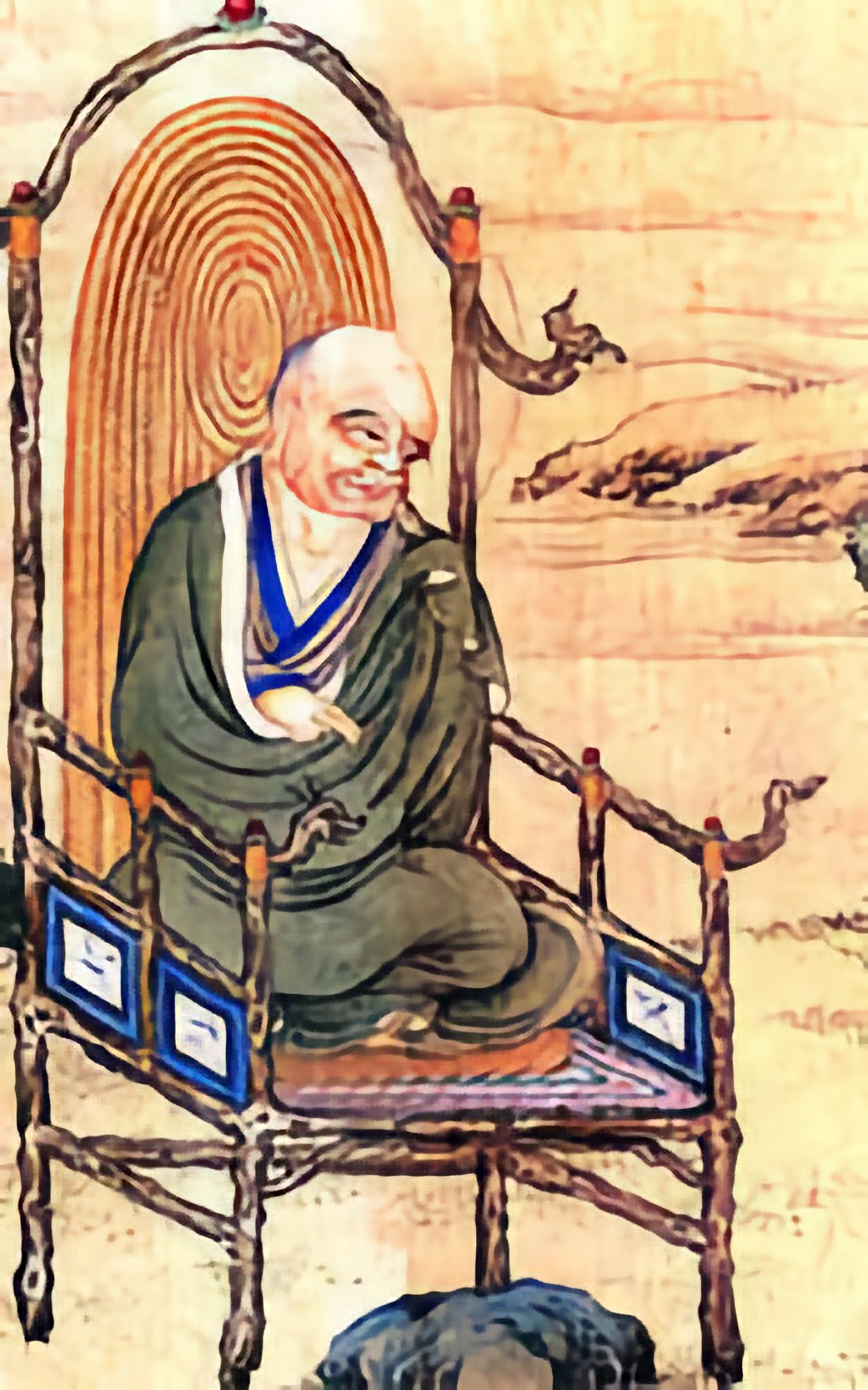
A painting of Daoxin, the fourth patriarch of Zen Buddhism, unknown author. Source: Wikimedia Commonsꜛ (license: public domain) (modified)
Historical and biographical background
The earliest known reference to Daoxin appears in the Further Biographies of Eminent Monks (續高僧傳, Xù Gāosēng Zhuàn; Japanese: Zoku Kosoden), compiled by Tao-hsuan (d. 667). A somewhat more detailed account is found in the Annals of the Transmission of the Dharma-Treasure (傳法寶記, Chuánfǎ Bǎojì), written around 712 CE. As with many of the early Chán patriarchs, the historical accuracy of these sources is uncertain and sometimes contradictory. What is known of Daoxin’s life derives from these early texts as well as later compilations such as the Compendium of the Five Lamps (五燈會元, Wǔdēng Huìyuán), compiled in the early 13th century by the monk Puji. The traditional biography presented here reflects a synthesis of these layered sources, blending historical memory with evolving religious idealization.
Daoxin was born in 580 CE during the Northern Zhou dynasty. According to later sources, he began studying Buddhism at the age of seven. At fourteen, he met Sengcan — an event recorded in the Compendium of the Five Lamps. In this account, Daoxin asked: “I ask for the master’s compassion. Please teach me how to attain liberation.” Sengcan replied, “Is there anyone restraining you?” Daoxin answered, “There is no such person”. Sengcan said, “Why then do you seek liberation, if no one is restraining you?” Upon hearing this, Daoxin is said to have awakened.
He stayed with Sengcan for the next nine years. When Sengcan later moved to Mount Luofu, he told Daoxin: “The Dharma was transmitted to me from Patriarch Bodhidharma. I will go south and leave you here to spread and protect it.” According to the Chuánfǎ Bǎojì, Daoxin then studied for ten more years with a teacher named Zhikai at the Great Forest Temple on Mount Lu. Zhikai was an adept of the Tiantai and Sanlun schools, and he also practiced recitation of the Buddha’s name. These practices influenced Daoxin’s own path.
Daoxin formally received monastic ordination in 607 CE. He and his disciples traveled to Ji province (modern Ji’an, Jiangxi) in 617, where they encountered a city under siege by bandits. Daoxin taught the locals the Mahāprajñāpāramitā Sūtras (Perfection of wisdom), which reportedly caused the bandits to abandon their siege.
Eventually, Daoxin settled at the East Mountain Temple on Mount Shuangfeng, where he taught Chán for thirty years. Some records claim he attracted up to five hundred lay and monastic practitioners. In 643, Emperor Taizong summoned Daoxin to the capital. Daoxin declined three imperial invitations; when the emperor’s third envoy arrived with orders to return either Daoxin or his head, Daoxin calmly exposed his neck. Shocked, the envoy reported this back to the emperor, who instead honored Daoxin as a model monk.
In August 651, Daoxin instructed his disciples to prepare a stupa for his passing. When asked who his successor would be, he replied: “I have made many branches in my lifetime.” He died shortly after. Emperor Daizong later honored him posthumously with the title Dayi (Great Healer).
Daoxin’s most important period of teaching took place at Mount Shuangfeng (modern Hubei province), where he remained for over thirty years. There, he attracted hundreds of followers and helped shape a monastic model of Chán that emphasized practice over scholarship, communal living over itinerant wandering, and internal discipline over ritual display.
While earlier patriarchs were more elusive and iconoclastic in their roles, Daoxin’s contribution lies in his ability to sustain and organize a Zen community. His long residence and stable teaching environment laid the groundwork for future Chán institutions, which would be further developed by his disciple and successor, Hongren.
Teachings and practice emphasis
Daoxin’s teachings reflect a clear synthesis of meditative focus and Mahāyāna insight. His style and that of his successor, Hongren, are collectively referred to as the East Mountain Teachings — a formative phase that set the stage for Chán’s flourishing in the early eighth century. Notably, Daoxin was the first patriarch to settle in one place and cultivate a stable communal lifestyle. According to scholar Heinrich Dumoulin, the practical demands of maintaining such a large community — far from population centers — necessitated that monks engage not only in meditation but also in agriculture and administration.
This shift marked a critical evolution in the Chán tradition. Meditation could no longer be confined to the meditation hall; instead, the spirit of practice began to permeate all aspects of monastic life. This integration of religious practice into daily duties would become a central hallmark of Chán thought.
Though records of Daoxin’s own teachings, such as the Five Gates of Daoxin, did not appear until the second decade of the eighth century and their historical accuracy remains uncertain, the texts attributed to him convey an emphasis on inward realization and simplicity. One frequently cited line is: “The Buddha is the mind; outside the mind there is no Buddha.” Another passage urges: “Sit earnestly in meditation! Meditation is the root of all else… Do not read sutras or engage in debate!”
Japanese Zen scholar Seizan Yanagida described the heart of Daoxin’s approach as the “samādhi of one practice” (yi xing sanmei), a single-minded focus on sitting meditation as the direct path to awakening. While some sources mention Daoxin referencing texts like the Prajñāpāramitā or Pure Land Sutras, it is unlikely that their scholastic study played a major role in his teachings.
According to the Compendium of the Five Lamps, Daoxin’s final words on his deathbed were: “All the countless dharmas of the world are to be cast aside. Each of you, protect this understanding and carry it forward.”
His teaching was practical, concise, and oriented toward immediate realization. In this, Daoxin preserved the spirit of Bodhidharma and Huike while beginning to institutionalize their vision. In this, Daoxin preserved the spirit of Bodhidharma and Huike while beginning to institutionalize their vision.
Institutional legacy
Perhaps Daoxin’s most lasting impact was his role in shaping the infrastructure of Chán Buddhism. By remaining in one place and cultivating a large, stable community, he offered a model of continuity and depth that would guide future generations.
Mount Shuangfeng became one of the earliest recognizable centers of Chán training. Here, Daoxin demonstrated that meditative practice could thrive within a collective and disciplined environment. His approach contrasted with the wandering asceticism of previous generations, suggesting that enlightenment could flourish within daily structure.
In this sense, Daoxin was both a transmitter of insight and a cultural innovator. He helped Chán Buddhism adapt to the social realities of Tang dynasty China without compromising its emphasis on direct experience. The success of his model ensured that Chán would no longer be marginal or ephemeral — it would endure through institutions, transmitted by teachers whose lives were rooted in shared practice.
Transmission and succession
Daoxin transmitted the Dharma to Hongren (弘忍; Japanese: Kōnin), who became the fifth patriarch and a central figure in further developing Chán’s philosophical and organizational maturity. Through Hongren, the lineage would reach Huineng (638–713), the Sixth Patriarch, and spark the later diversification of the Chán tradition into competing and complementary schools.
Daoxin’s place in this continuum is pivotal. He is the point at which Chán becomes both a personal awakening and a communal path — a lived synthesis of the individual and the collective. In preserving the core insight of the tradition while building the structures to support it, Daoxin ensured that Zen would not only survive but thrive.
Conclusion
Daoxin represents a turning point in the evolution of Chinese Chán. His tenure marked the transition from itinerant transmission to institutional practice, laying the structural and cultural foundations upon which Zen would flourish. More than any of his predecessors, Daoxin managed to anchor the Zen spirit of direct experience and simplicity within a lasting communal form.
His life and teaching exemplify a synthesis of meditation, communal discipline, and everyday integration — an approach that would become central to later Zen. The East Mountain Teachings, initiated under his leadership, infused spiritual realization with practical responsibility. By establishing that awakening could arise not only in silence but also in the fields, kitchens, and corridors of monastic life, Daoxin expanded the boundaries of what Chán could be.
Despite the legendary quality of many accounts, the image that emerges is coherent: a teacher who upheld the integrity of Zen’s radical insight while adapting it to changing historical conditions. His refusal to be co-opted by political power, his emphasis on sitting practice, and his quiet institutional innovation all speak to a figure who deeply understood the conditions for spiritual transmission.
Daoxin’s legacy is thus twofold. He protected the heart of Zen while planting it in soil where it could take root, grow, and endure. In this way, he was not only a transmitter of the Dharma, but also one of its earliest architects.
References and further reading
- Oliver Bottini, Das große O.-W.-Barth-Buch des Zen, 2002, Barth im Scherz-Verl, ISBN: 9783502611042
- Heinrich Dumoulin, Geschichte des Zen-Buddhismus, Band 1+2, 2019, 2., durchgesehene und erweiterte Auflage, Francke A. Verlag, ISBN: 9783772085161
- Hans-Günter Wagner, Buddhismus in China: Von den Anfängen bis in die Gegenwart, 2020, Matthes & Seitz Berlin, ISBN: 978-3957578440
- Jr. Buswell, Robert E., Jr. Lopez, Donald S., Juhn Ahn, J. Wayne Bass, William Chu, The Princeton dictionary of Buddhism, 2014, Princeton University Press, ISBN: 978-0-691-15786-3
- Oliver Freiberger, Christoph Kleine, Buddhismus - Handbuch und kritische Einführung, 2011, Vandenhoeck & Ruprecht, ISBN: 9783525500040
- Rupert Gethin, The Foundations Of Buddhism, 1998, Oxford University Press, ISBN: 9780192892232
- Oliver Bottini, Das grosse O.W. Barth-Buch des Buddhismus, 2004, Ebner & Spiegel GmbH, ISBN: 9783502611264
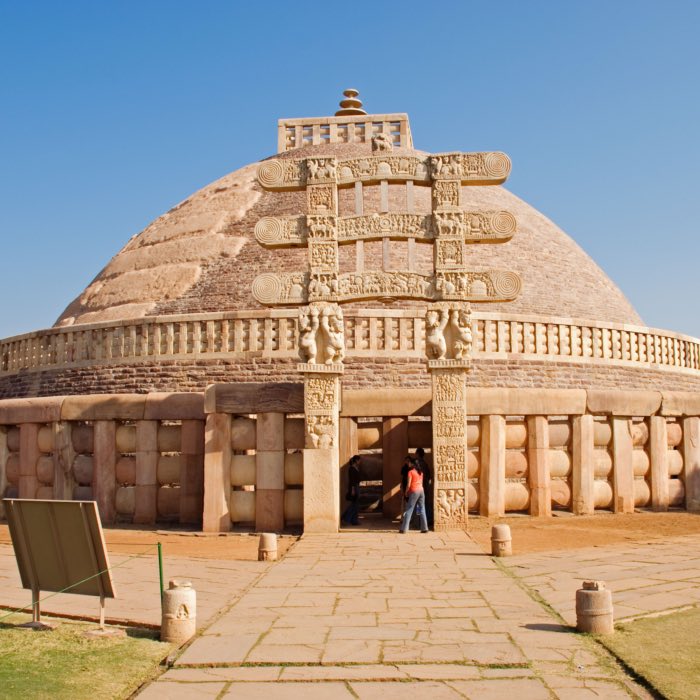
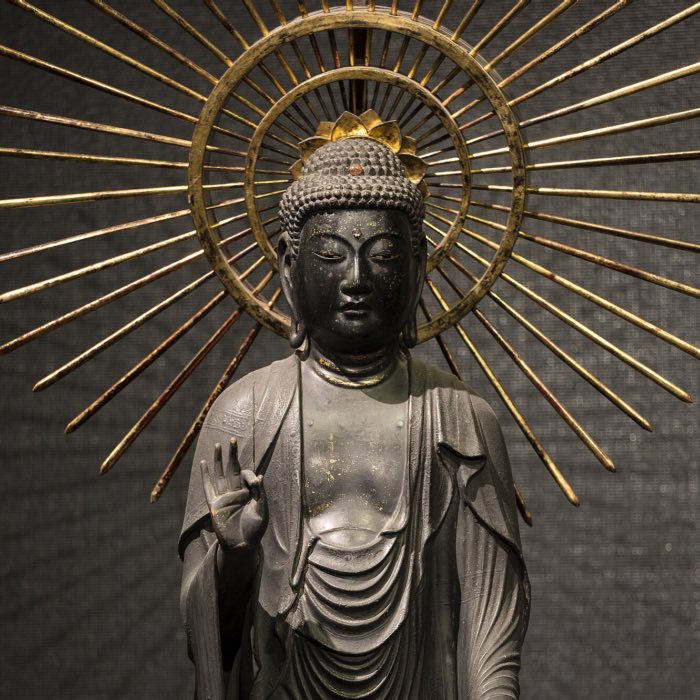

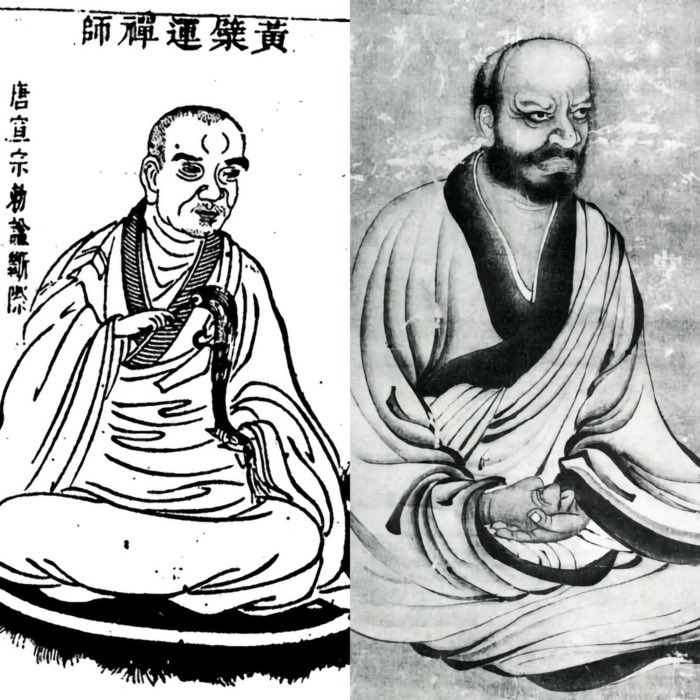
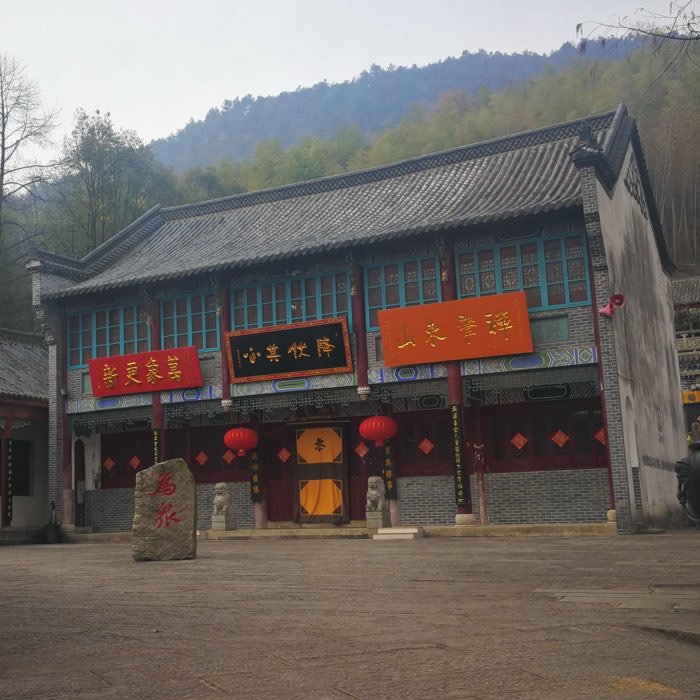


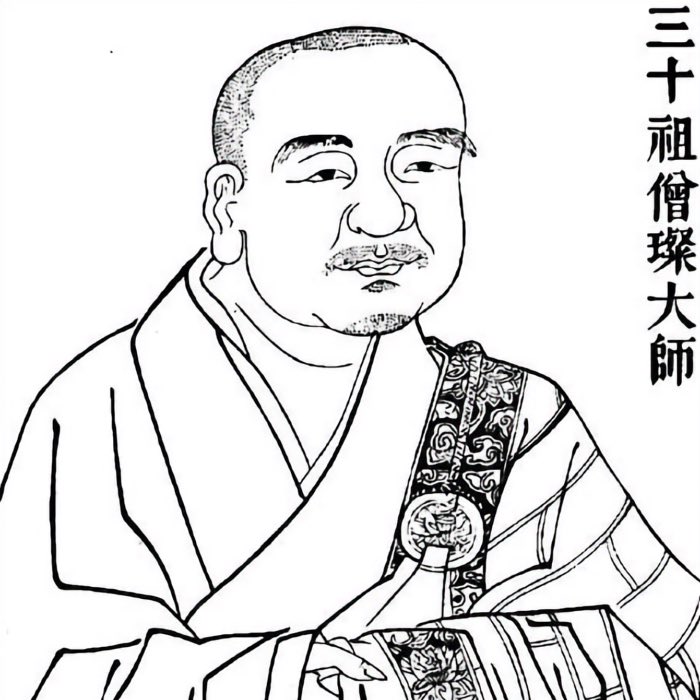
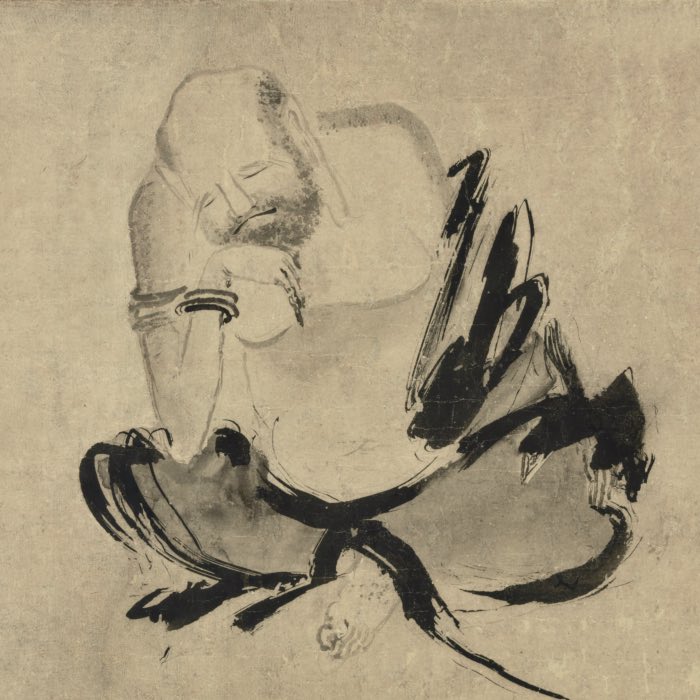
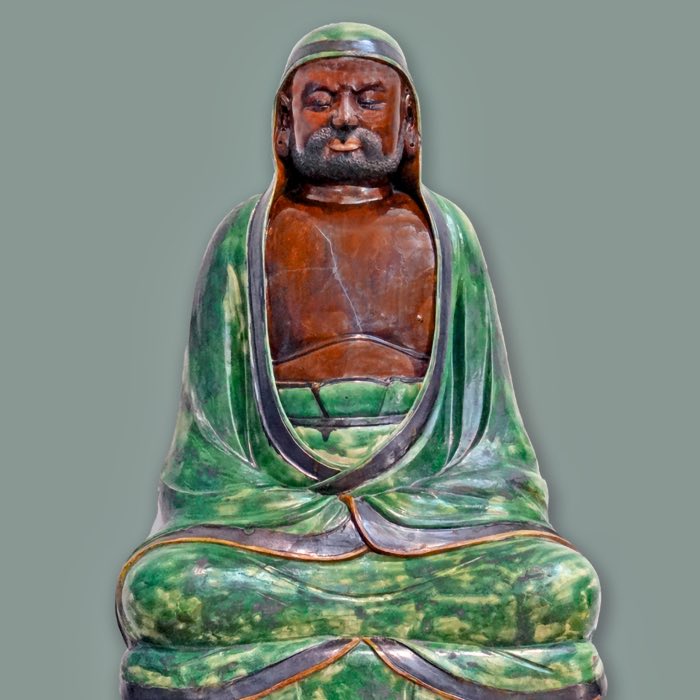
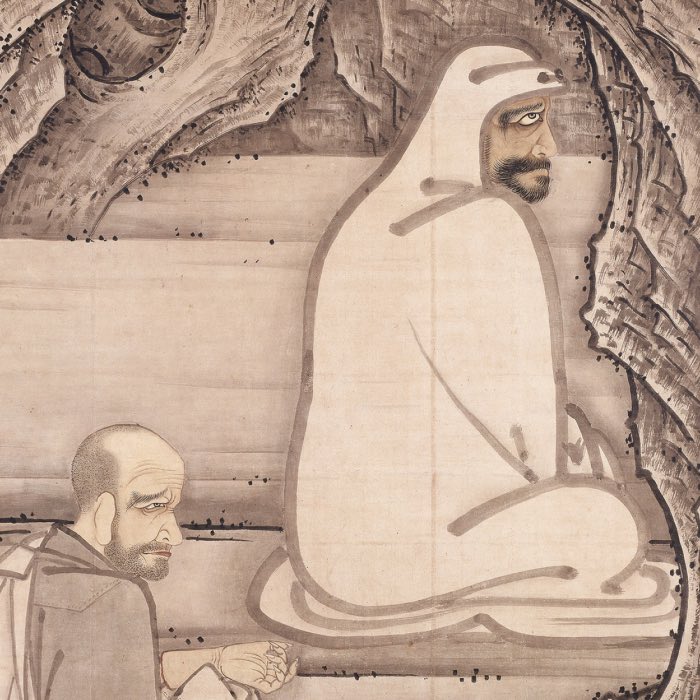
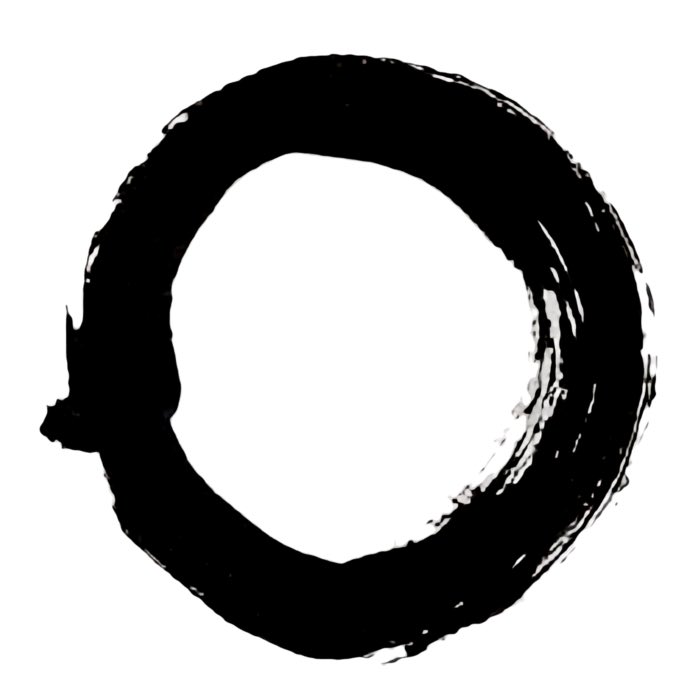
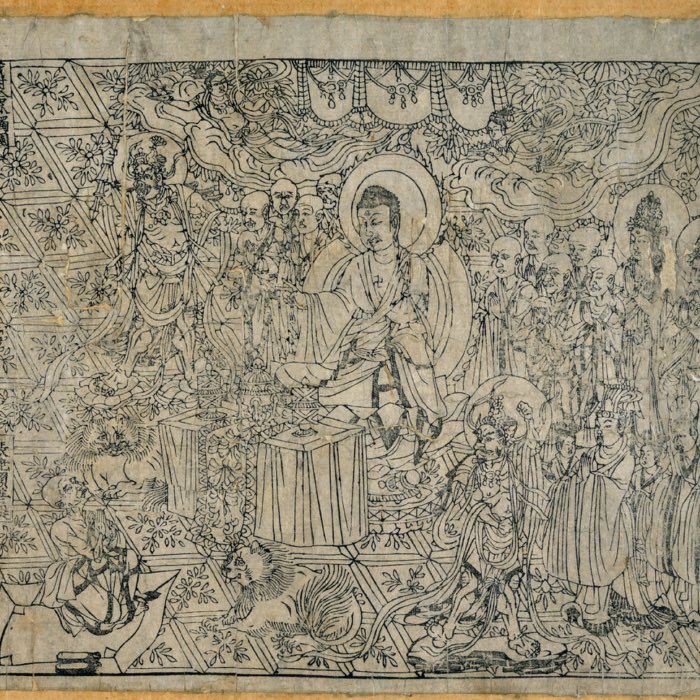
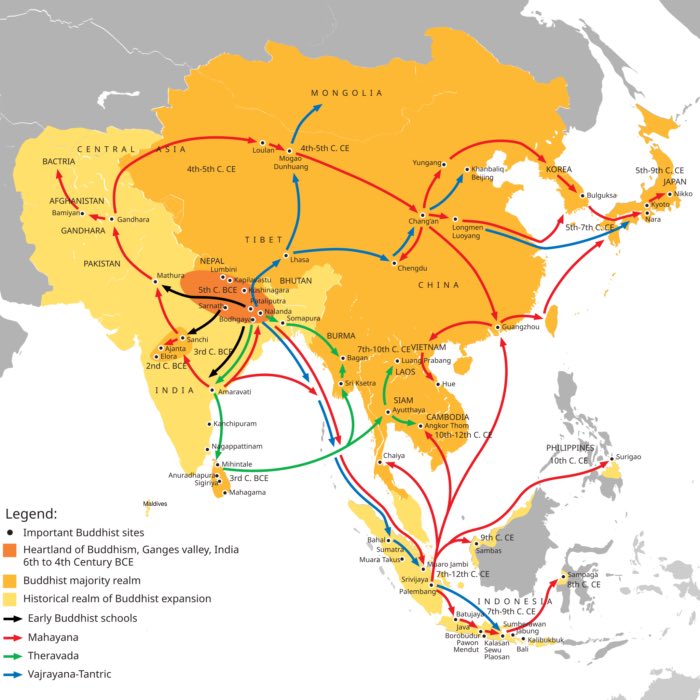

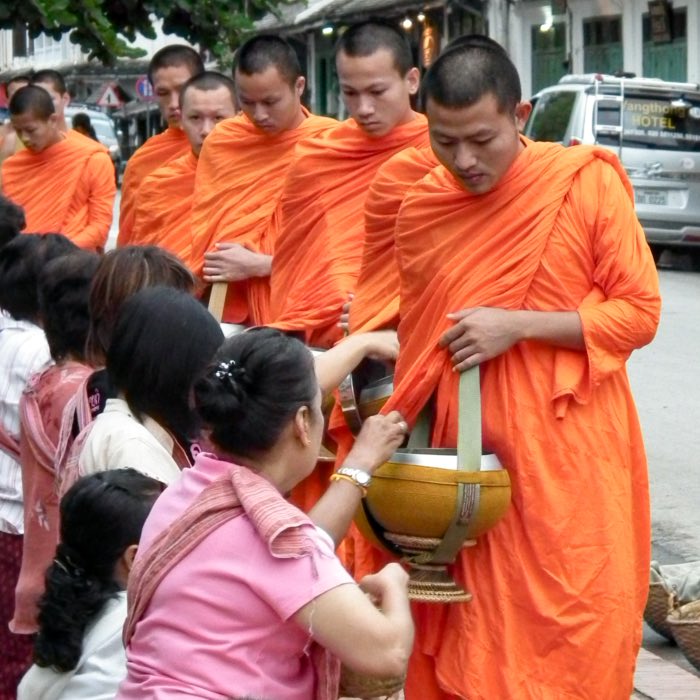
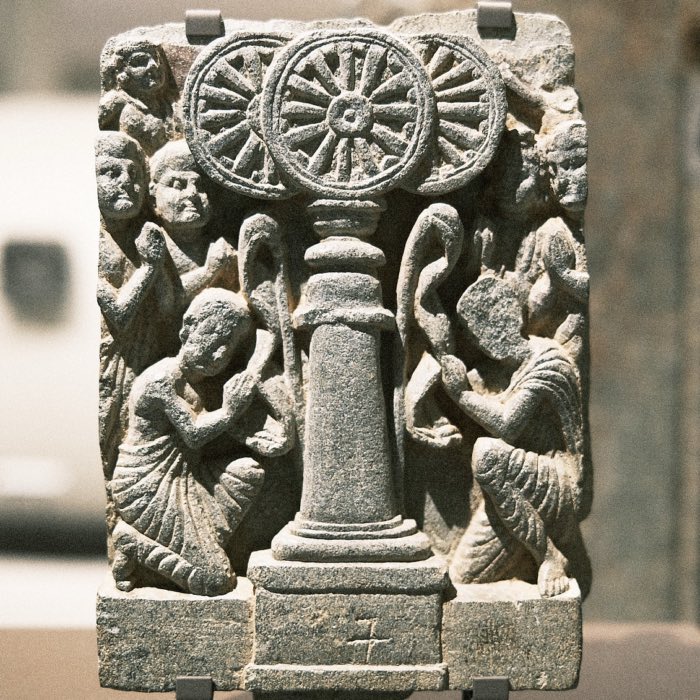
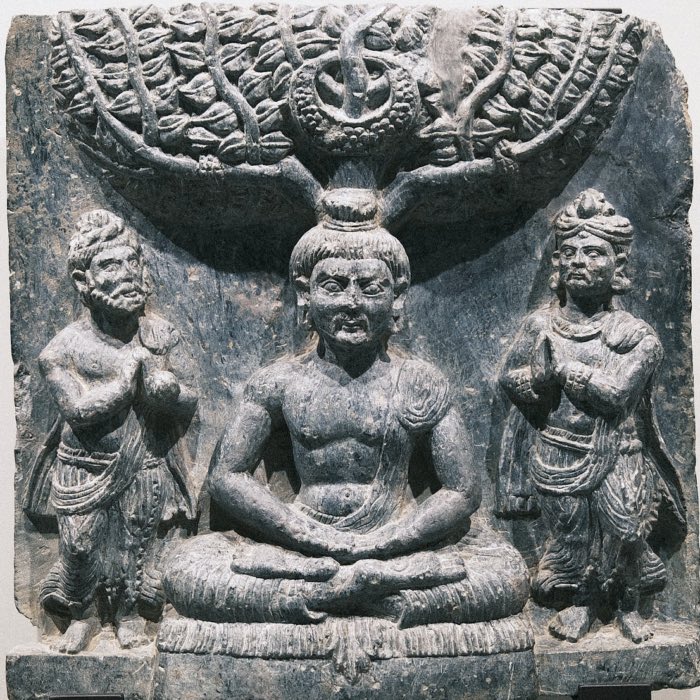
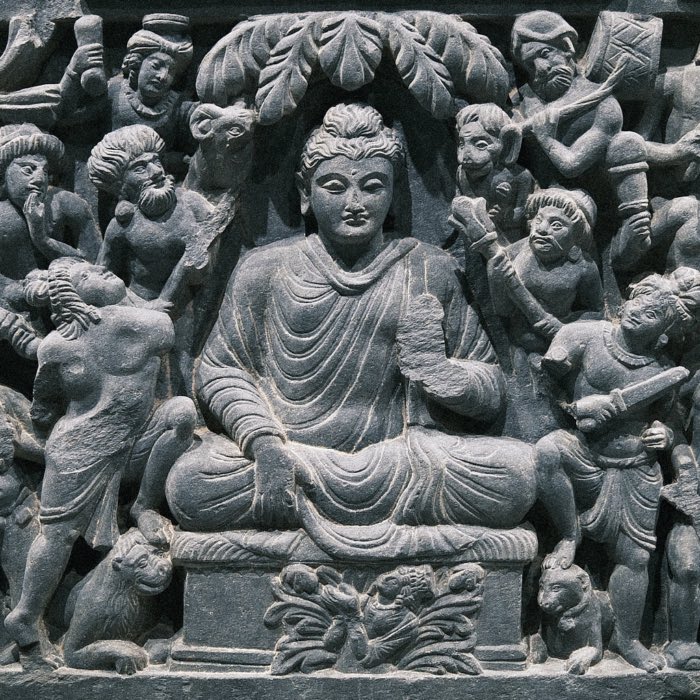
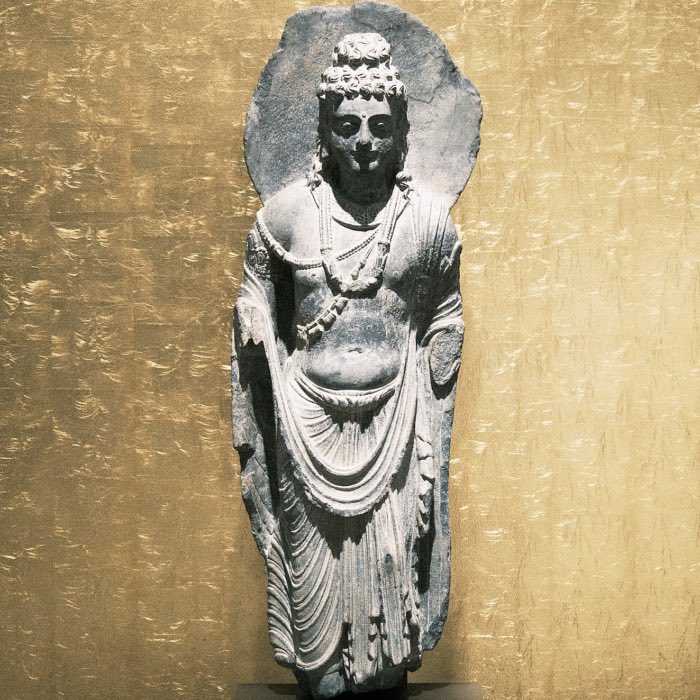
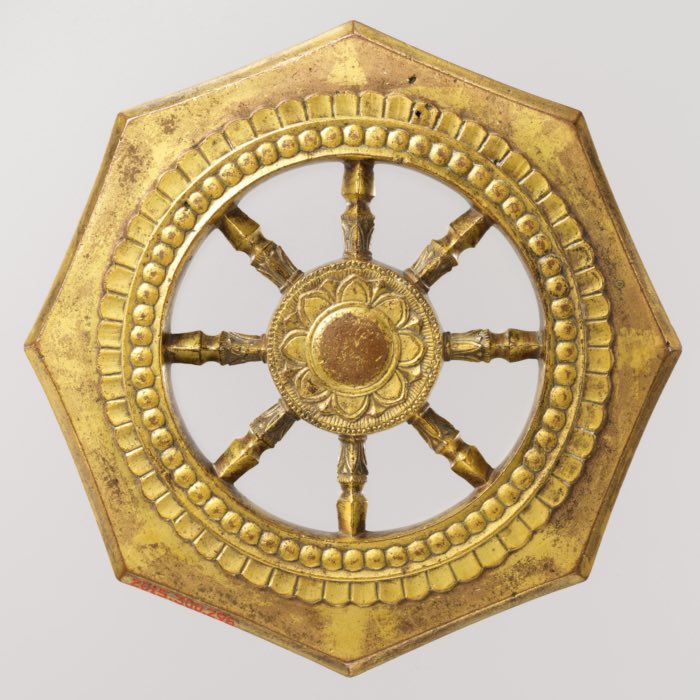

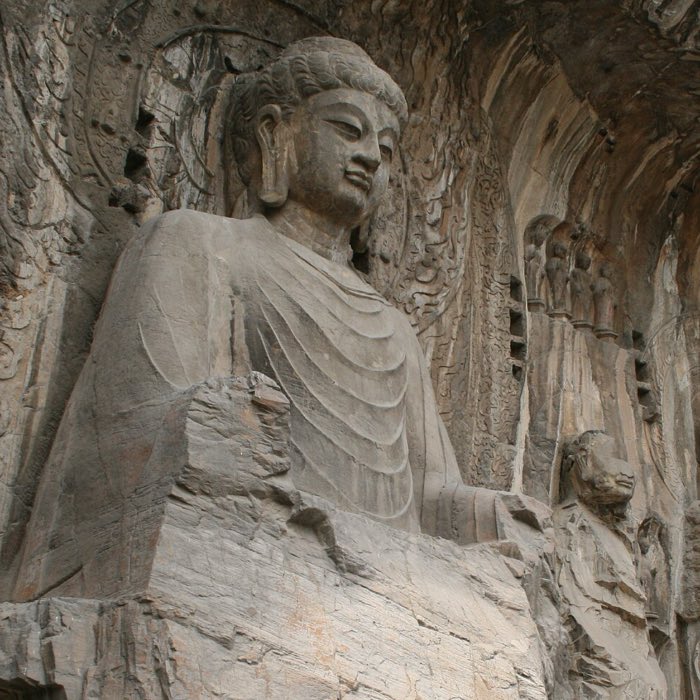
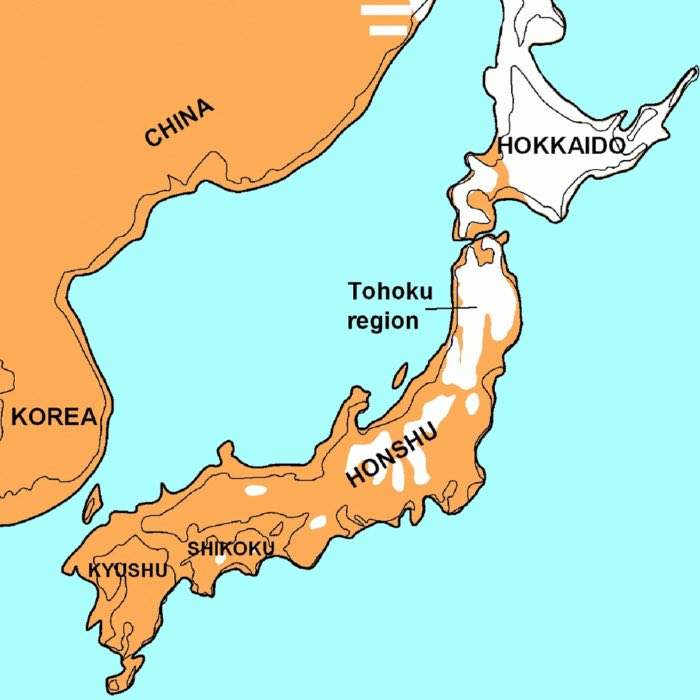
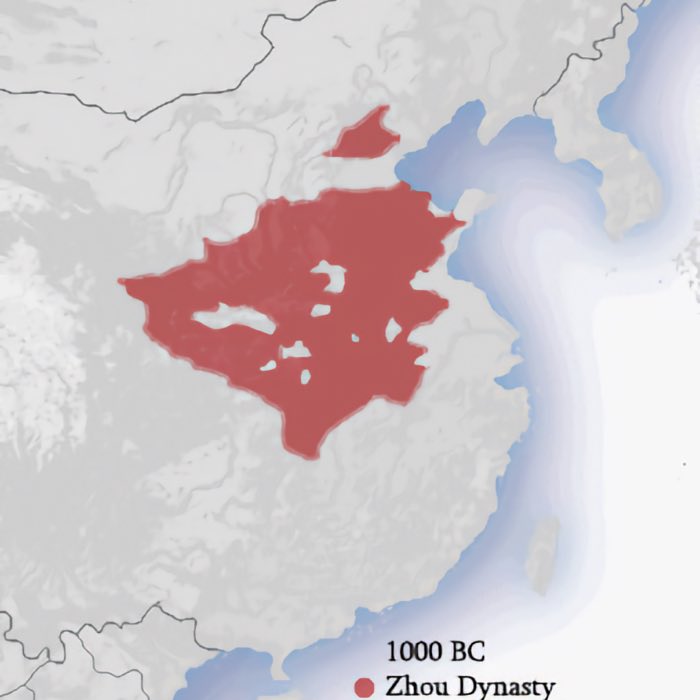
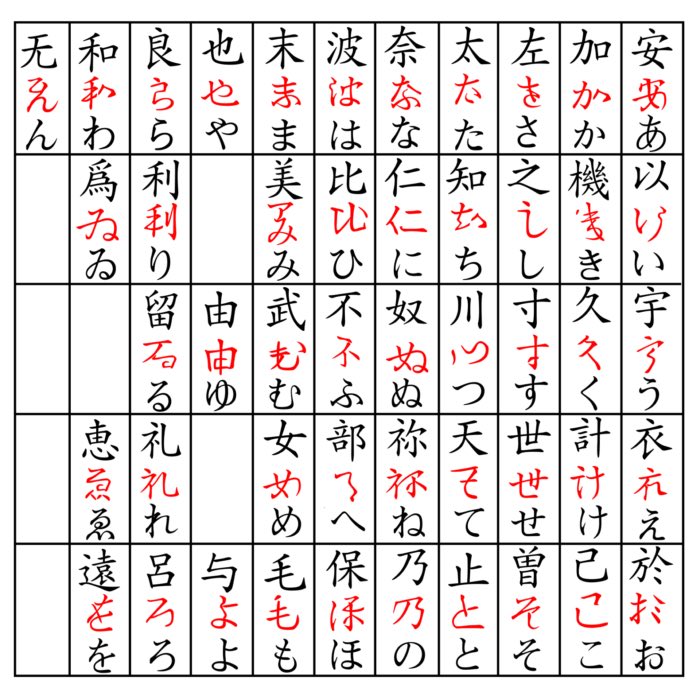
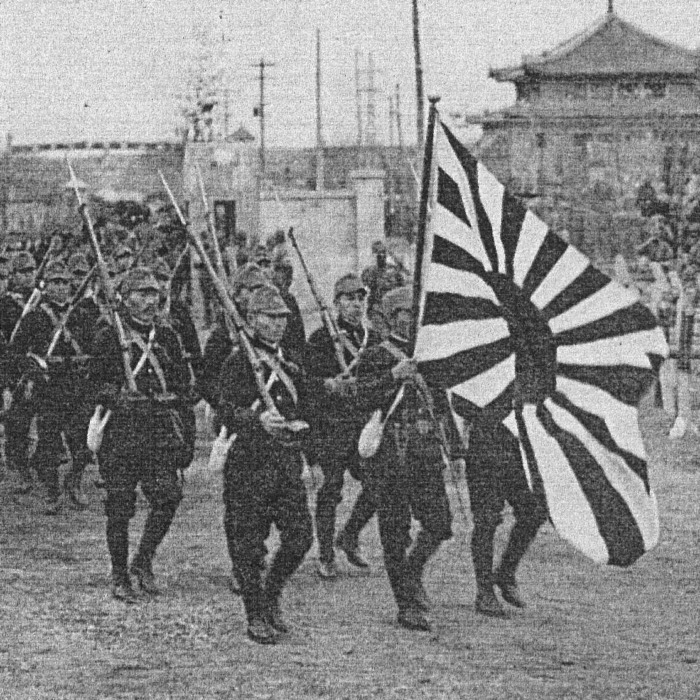
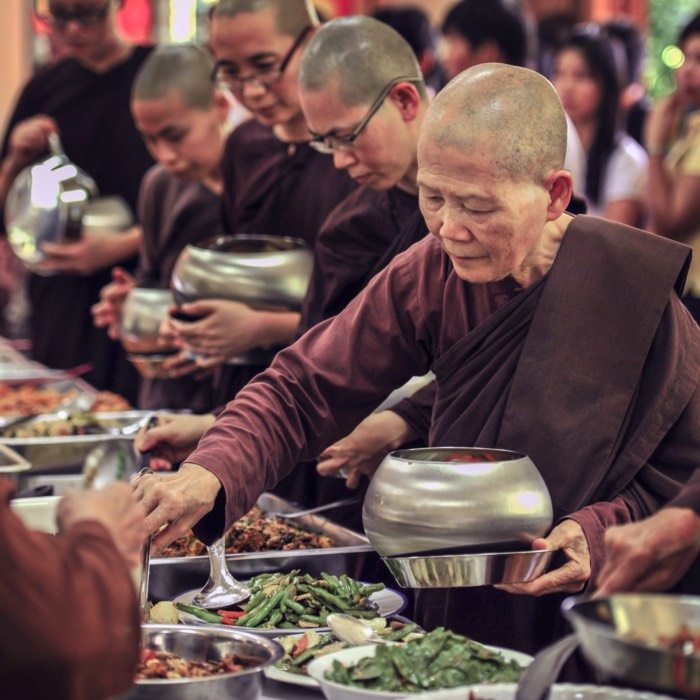
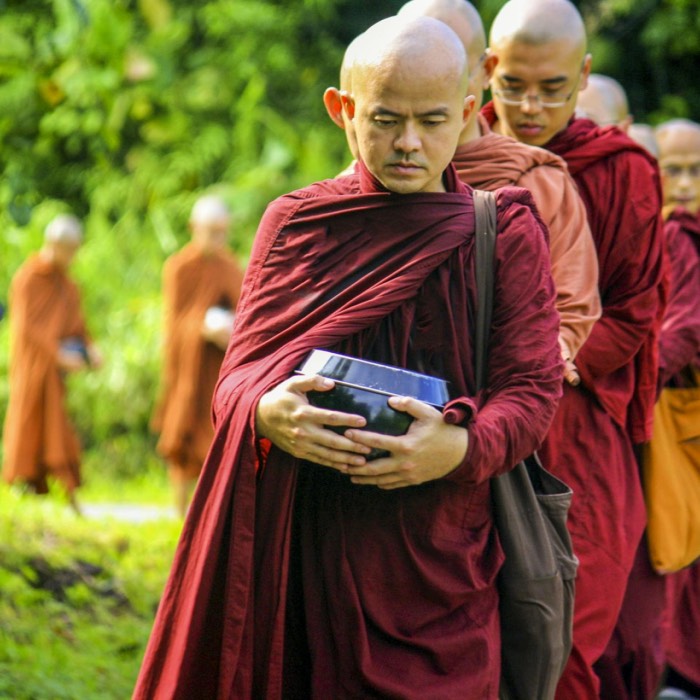



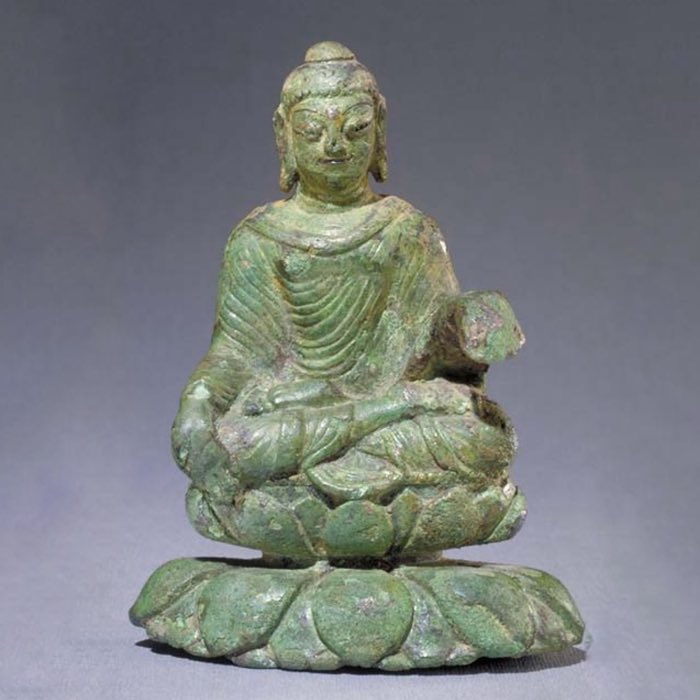

comments